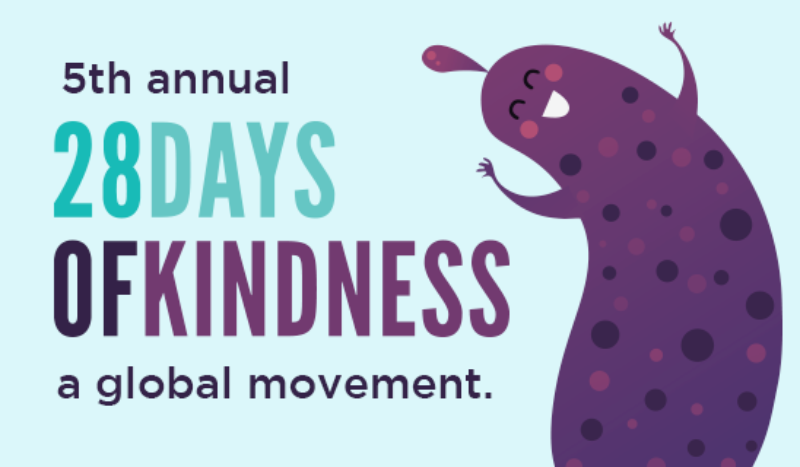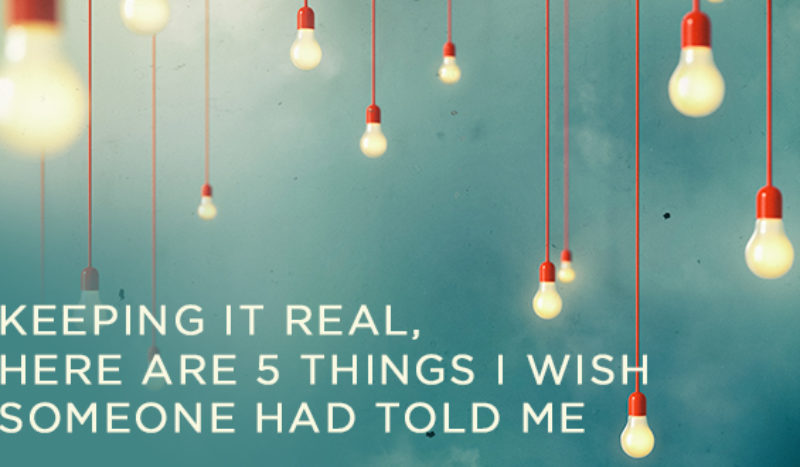June is PRIDE month. It’s a month where we hold space to commemorate the Stonewall riots, (which took place in June of 1969) and honor the brave persons who stood up to the system and protested for equality.
Those riots were a catalyst for change, so this month is not just about adding a rainbow to your company logo or giving a high-five of support to all your LGBTQIA friends and colleagues (please don’t do the last one).
You’re not alone if you find yourself searching for ways to show your support. Attending the parade and waving the rainbow flag are one thing, but bringing that same energy into the workplace is another. We all can make an effort to create an inclusive workplace where people can be their authentic self and no one feels left out or excluded. Here are 5 ways that you can be an ally at work this month, and every month, and every year henceforward and forever more.
Pay attention to pronouns.
In an earlier article, Best Practices for Gender Pronouns in the Workplace, we emphasized that for people who are queer, nonbinary, transgender or gender-nonconfirming, common English gender pronouns may not work for them. The use of the wrong pronoun can cause stress, discomfort, and anxiety.
There’s nothing wrong with asking someone what their pronouns are. Additionally, as spelled out in an article from The Verge, companies like Slack, Instagram, OkCupid, and Lyft are making it easier to add your pronouns directly on your profile. If someone corrects you for using their incorrect pronoun, apologize, make a note of it and move on. On the flip side, you can also stand up for a colleague if you hear someone use an incorrect pronoun for them.
For example, let’s say your coworker Billie uses gender-neutral pronouns (think they/them/theirs instead of he/him/his or she/her/hers). You overhear someone say “Billie sent me the notes last week, she really did a good job.” You can gently correct them by saying something like, “That’s great, they are so good at taking notes.” Slip-ups are going to happen, but being conscious of pronouns and making the effort to ensure the correct ones are used is instrumental in creating inclusivity in the workplace.
Watch your language.
Ever been out at a happy hour and hear a colleague say “Bro, that’s so gay” or someone starting a meeting with “What’s up guys, how’s everyone doing?” Neither of these are ok. First, being gay isn’t an insult. Second, using “guys” creates unnecessary exclusion and discomfort. Mistakes will happen, but it’s awareness that helps with your long game.Be hyper-aware of the language you use, and that your team members use. Don’t stand for inappropriate language. You can start to create a better work environment by politely chiming in (regardless of whether or not a LGBTQIA person is in the room or a part of the conversation).
Would you be comfortable saying something like “Hey, not cool, it’s not okay to use the term gay negatively”? You’d be surprised how much of an impact your words can have. Even if the person was just joking around, it’s never ok.
Educate yourself.
The burden to keep you abreast on LGBTQIA issues does not fall on the LGBTQIA community. There are unlimited resources and blogs out there. Do some research. You should also learn what’s appropriate to ask or say and what isn’t. If an LGBTQIA colleague shares something with you, listen empathetically. Treat the conversation as you would any other, and don’t change the topic because you are unsure of how to respond. Whatever your colleagues are going through, be understanding. And truthfully, it’s totally ok to admit that you lack some information, which is why taking the time to educate yourself is extremely important.
Ask your LGBTQIA colleagues how you can support them. That’s right. Ask.
A Human Rights Campaign (HRC) study titled “A Workplace Divided” cited that 31% of LGBTQ+ workers felt unhappy or depressed at work. Other common symptoms of an unwelcoming environment include distraction, exhaustion, burnout, and anxiety. There’s work to be done.
Ask how you can show support instead of assuming a role they may not need you in. This is about taking small steps together towards achieving the greater goal of equality and inclusivity in the workplace.
Check your own unconscious bias.
It’s self-reflection time. The LGBTA Diversity Council defines bias as
“…an unquestioned or automatic assumption about an individual, usually based on positive or negative traits associated with a group they belong to, that prevents them from treating them as an individual.”
Everyone has unconscious bias. Learning to overcome them takes time and isn’t easy. Bottom line: when someone says “LGBTQIA individuals” certain connotations and personality traits come to mind. Recognizing this is the first step in thinking differently.
It’s great that you’re waving the PRIDE flag, and now you’re equipped to do more to show your support to your fellow LGBTQIA colleagues in and outside the workplace.


